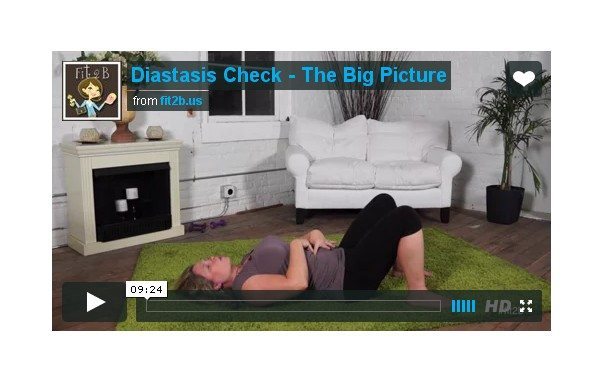Blog
Another Gap in Maternal Care
There is 3-finger gap in maternal care, yet with all the awareness being raised about birth empowerment, this one is not being discussed much. Diastasis Recti is another form of pregnancy and birth-related trauma that is preventable and treatable without surgery, yet women are willingly and silently suffering with it because general practice doctors often misdiagnose it, fitness professionals don’t know how to modify for it, and {some, not all} ob/gyns and midwives advise crunches and surgery. Meanwhile surgeons are inserting meshes that do NOT work,
“Clinicians have long noted its presence, prenatally and postnatally, but the magnitude of the problem is currently unknown,” says THIS STUDY that showed postnatal women still suffering from wide diastasis gaps. Yet women are told that they are vain for worrying about the squishiness and poochiness of their bellies. Women are told to just accept their muddled middle as one more “battle scar.” We are also told that “leaking” is normal, too, yet diastasis and your pelvic floor are very much related. Here’s what one of my Fit2B Studio members recently said:
How about the fact that those of us who do require csections are then given no physical therapy afterwards. We’re given pain meds and told to carry on. Most serious surgerys have some form of recovery care. Merely making sure the incision spot is healing is not enough.” -Fit2B in New York, Lynn
You see, Diastasis is a musculoskeletal and fascial issue, not an issue of looks, even though healing it can often help shrink your belly. While we may not be able to do much about stretch marks, we can do something about our deflated cores. If you’ve had a surgical birth, then it becomes even more crucial for you to reconnect with your abdominals, because our abs do so much for our health:
- Hold our organs in the right spots, encouraging proper digestive flow.
- Support our spine, preventing lower back pain and protecting our spinal cord and nervous system.
- Minimize pressure to our pelvic floor, fighting stress incontinence by lifting the weight of our organs off our pelvic floor and bladder.
- Heal our body because the abs braid together in unique layers, twining together in a God-given corset that shapes and defines our whole being!
What Can You Do If You Think You Have Diastasis Recti?
When a woman experiences c-section, lengthy pushing, or trauma to her core from accidents, abuse or frequent, high-intensity ab workouts like crunches and situps, I’ve observed that the diastasis recti gap in her abdominal wall is often more severe. A wider gap means a longer recovery, but the method of healing is the same.
- Check your abs for a diastasis by clicking HERE
- Avoid postures, motions and workouts that place forceful pressure on the linea alba seam of the abdominal wall. Click HERE for a handout if you currrently suffer from diastasis and consider getting abdominal rehabilitation through The Tummy Team.
- Engage in routines like those found on Fit2B Studio that promote strength of the deepest, biggest abdominal muscle: transverse abdominus, also known as transversalis. Click HERE to try a free SAFE workout!
- Bind your belly immediately after birth and begin to gently engage your deep core muscles with breathing and supported alignment within 3 days after vaginal birth, 10 days after Caesarean.
- Consider finding a local expert to help you “find” your core and help you heal faster! Check out my growing Diastasis Directory!
If you work in any vein of the health care field, I urge you to open your eyes to all of the protruding paunches: Women who still look pregnant YEARS after giving birth. Men who look pregnant. Children, too!
My nephew is adopted from Ethiopia, and he came to the states with Giardia that bloated his belly. He has as wide of a gap as I did after having two babies! But he is healing as his mama wraps his belly and goes over the exercises I showed him. Crunches and situps and planks are NOT the answer; Do your research and read all the hyperlinks I posted. And I dare you to join our Diastasis Awareness Movement by liking this Facebook page and posting this image on your blog, linking it back to the self-check video.




